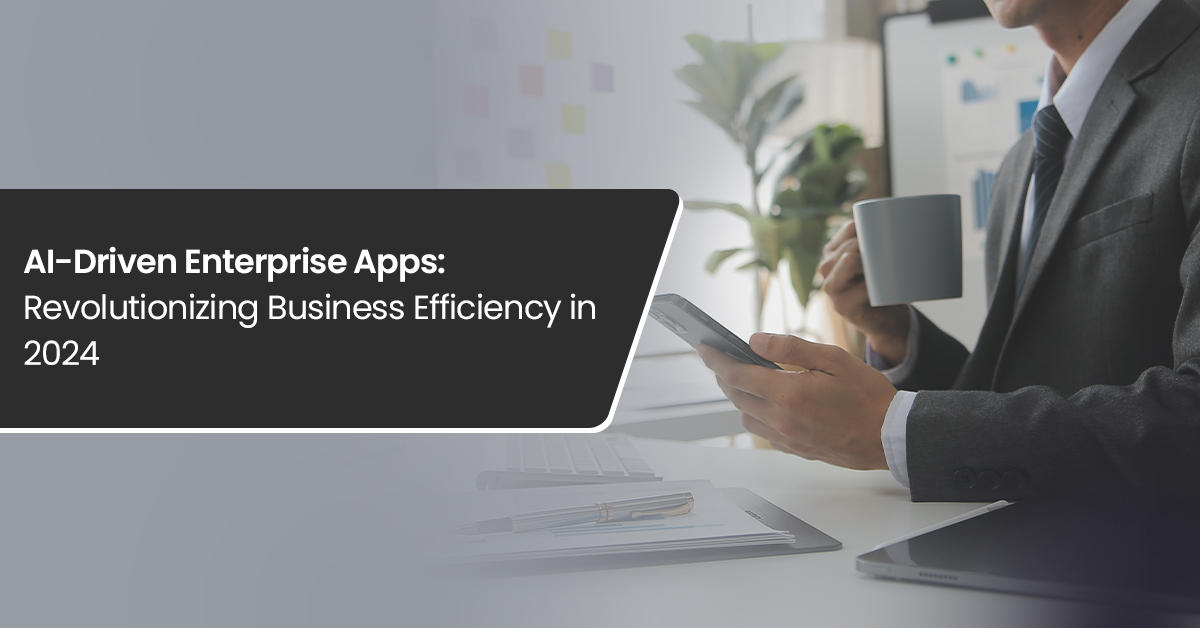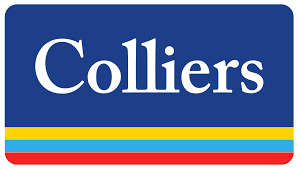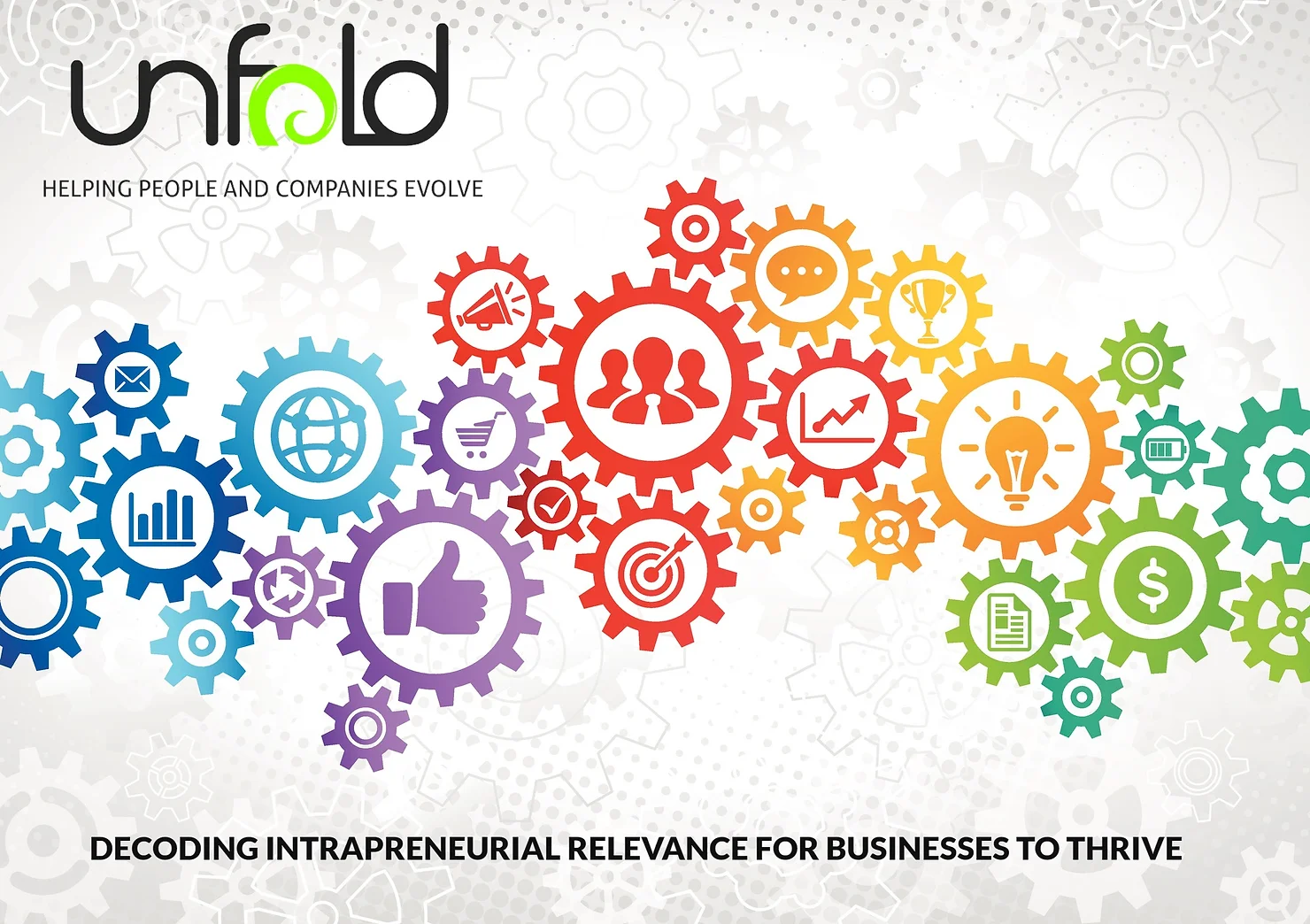With continued rounds of layoffs and looming economic uncertainty, the tide is back in favour of employers. Many organizations that had hired heavily in the past two years are enforcing the “back-to-office” model of working, some even retracting their earlier stance of flexible working. With recession hitting hard, employees are forced to pay heed to the clarion call of back to work, at least for now.
Amidst this turmoil, work flexibility has become the most sought-after perk by job seekers. According to a study conducted by McKinsey & Company (July 2022), out of 13,382 global workers contacted, 40% said workplace flexibility was a top motivator on their decision to whether they stayed in a role (barely behind just after salary (41%). Around 26% said that lack of flexibility was a major factor nudging them to quit their last role. The current market dynamics can push employees to agree to return-to-work mandates, but not without resistance. However, anxiety to save their job and income may not be a great employee motivator, especially when project-based organizations aim to fuel growth and profitability. This can be detrimental for the workforce in a knowledge economy.
Out of 13,382 global workers contacted, 40% said workplace flexibility was a top motivator on their decision to whether they stayed in a role (barely behind just after salary (41%). Around 26% said that lack of flexibility was a major factor nudging them to quit their last role. – McKinsey & Company
The way an organization manages to bring back its employees will create the foundation for employee experience in years to come. Quite akin to clients, employees also assess their current and potential employers for the values and culture they exhibit, especially in sticky situations. Credence to organizations is given based on their behavior and choices made – it becomes a magnifier for who a company is, and what it stands for. It is hence as crucial as how a company brings its people back as it is to understand whether or why they would want to return to office. Most companies without a return-to-work strategy in place miss out on three crucial aspects that define the success of the new hybrid work model.
1. Motivation
The pandemic gave the knowledge workforce a new way of working. A study by the research company Ipsos highlights the biggest benefit of the current remote mode of working quoted by employees as saving of time and money on hassles of commuting. Better work-life balance than before and more flexible working hours are the second and third most quoted benefits.
During the pandemic, they were better able to fit their job demands around their personal lives. They have integrated work, family, social, and personal pieces in a way that they are able to satisfactorily juggle all their commitments in a single day. This is something they have relished and are now reluctant to give up.
On the business side, the pandemic added complexities to the project management process. However, businesses with well-set-up digital infrastructure were able to keep pace with the challenge.

Some of the sectors within the professional services industry witnessed growth despite the limitations created by the pandemic. With the pandemic ending, changing tracks will face friction and resistance, more so when the preceding model worked well for a majority of the workforce. It is hence critical to include the workforce into the decision-making process. When the business collectively looks at identifying the issues and solutions and then creates a plan, the employees are no longer followers. They are now the stakeholders in making the return-to-work plan a success.
With a remote and distributed workforce, technology can play its part in bringing the team together to listening in to their voices. Through virtual meets, casual Q&A sessions, and quick surveys and polls, data can be gathered to assess employee sentiments around a particular topic. With the data thus collected, leaders can now connect with teams regularly and talk about the feedback received. A transparent dialogue about changes made based on feedback ensures that employees know that just as the crisis is not time bound, support from leaders too has no end point.
2. Technology
Today’s workforce expects flexibility at work, something project-based organizations cannot afford to ignore. While organizations need to transform the concept of flexibility, it primarily focusses on three parameters – location, time, and process. This will give more control to the employees to assess where they want to work, when they want to work, and how they want to work. The concept of a physical office space too will be transformed into collaborative spaces, where employees can meet to foster better connections and share knowledge.

Technology can become a great enabler in creating hybrid ecosystems that place the flexibility and control in the hands of the workforce.
That said, such a hybrid model is not without risk. It comes with a significant threat of creating a digital divide. Those who can combine the benefits of physical workspaces with access to technology platforms will have a competitive advantage over those working remotely. Project-based businesses will then face the menace of a workplace filled with inequity and bias. From collaboration, the ecosystem will shift to competition.
To nip the threat in the bud, project-based businesses require intentional investment in creating an equitable work environment via connected and collaborative technology solutions. An equitable ecosystem can be achieved via cloud-based platforms that provide organizations the ability to bring everything under one roof and remove information silos.
With cloud-based platforms, businesses can look at creating an optimal hybrid work stack with multiple layers.
- The primary layer will address the issue of collaboration –with a focus on bringing employees together. This will translate into bringing together all the collaboration tools necessary to allow employees to work and collaborate effectively, whether they work remotely, in the workplace, or in a hybrid mode.
- The second layer can bring all the function–related business applications together. These will be mission-critical applications for HR, finance, sales and marketing, supply chain, IT (focussing on accessibility and security issues), etc.
- The last layer of ‘any-device-access’ can then be added to ensure that work can be accessed across any device.
3. Innovation
While technology creates the infrastructure for hybrid work, small pieces of innovation can accelerate its adoption. For instance, the team camaraderie and goodwill that withered during the pandemic, especially for new hires, can be strengthened through non-formal interactions like coaching and mentoring sessions, coffee table conversations, story sessions, townhalls, etc. Other functional teams can identify unique ways of cross-collaboration to achieve project or business objectives. This can be supported via a technology solution that allows integrated platforms and flow of data and insights across functions. So, when a project team meets with its finance or HR counterparts, they talk the same language and hence can connect better. Cross-collaboration needs technology as an aid and can be strengthened via face-to-face interactions.
Work teams can also set core hours during which everyone is available to collaborate, while setting rules around when it’s okay to reach out to someone outside a work time-slice. This is particularly important for the workforce hired during the pandemic who have had little to no exposure to other teams, organizational culture, or leadership conversations. Management will become less top-down and more team-based. For their part, managers need to ensure that when people come to the office, they feel they have permission to socialize and connect with their colleagues. In addition to explicitly stating this, leaders should reinforce it by spending time themselves in the shared areas and participating in social events.
Once back in the office, people may feel obligated to be in meetings or on their computers all the time. If so, the positive lessons from the pandemic will have been lost.
Employees come first
With or without pandemic, retaining talent remains a top priority for project-based businesses. Enforcing return-to-office mandate for all employees, irrespective of the productivity and utilization insights, may not really boost the key performance parameters for projects and businesses. A project-based business rather requires a moderate approach, complemented with technology, to bring in a work model that places power in the hands of its employees. The new work model can take a fresh view of how employees can work efficiently, collaborate better, create winning solutions, and supplement it with an office space that can fuel all of those objectives.
Connecting with people is human nature. After the long spell of the pandemic, many of us would like to go to an office and work. But an iron fist can make that experience flawed, more so when retaining talent is a key business imperative for project-based businesses. Mandating a return-to-office may show results in the short term. In the longer run, however, economic uncertainty would not last for ever, and employees have strong memories and great employer review network to give them back the power to decide whether to stay or not.





























